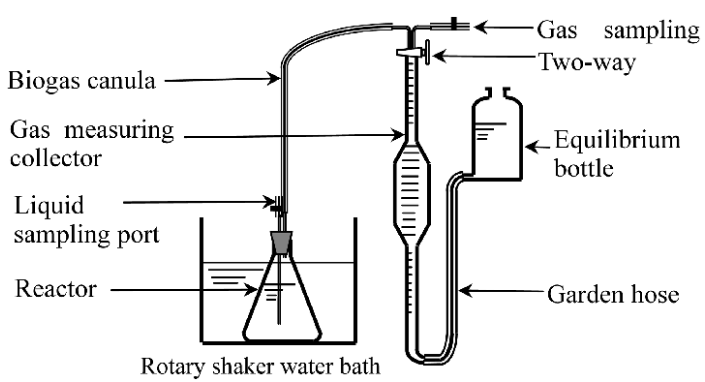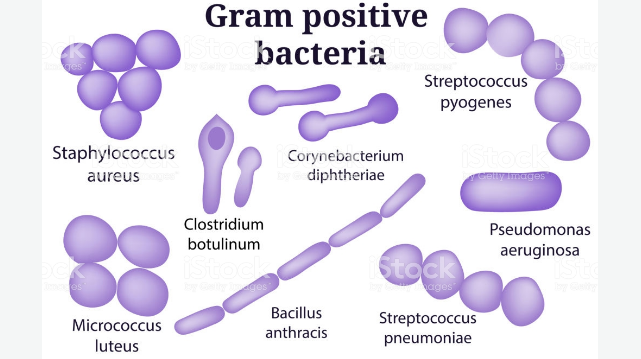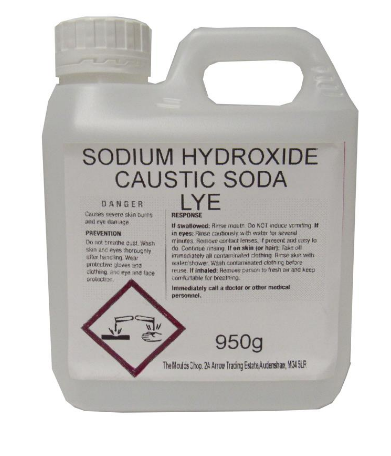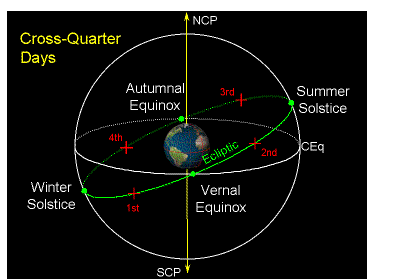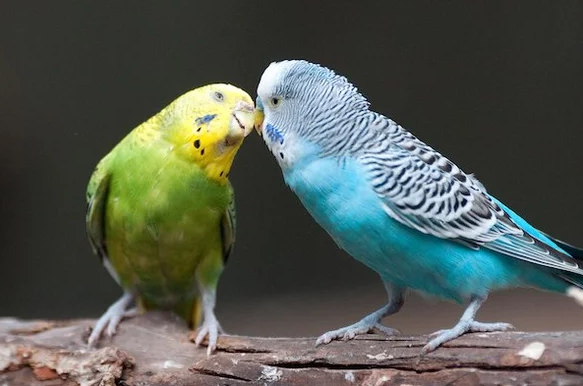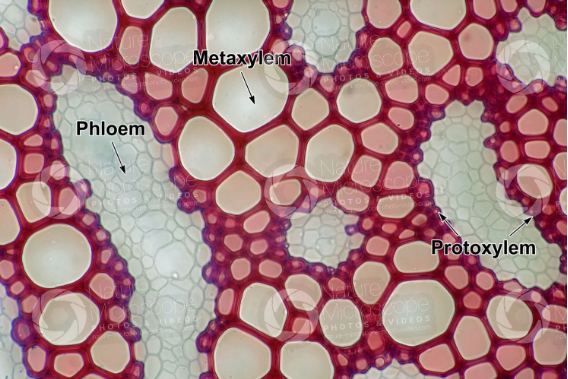15 Difference Batch Fermentation And Continuous Fermentation
Batch Fermentation (Batch Culture) Batch fermentation is the simplest mode of fermentation; it is made up of a mechanically stirred vessel with other accessories such as a gas sparger and a heating/cooling jacket. It is also widely used in biological industry, including microbial fermentation, cell metabolism and production of products. In batch fermentation, substrate and … Read more
